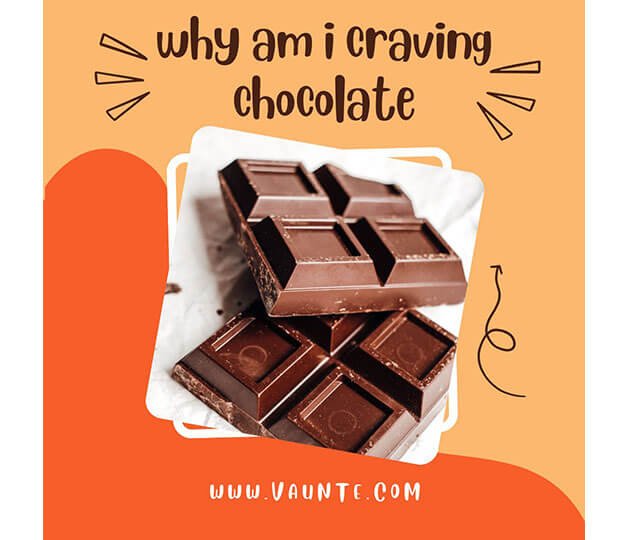Carbohydrates are present in both healthy and unhealthy foods such as bread, bean, milk, popcorn, potatoes, cookies, spaghetti, soft drinks and corn. They are also found in many forms. The most common and generous forms are sugar, fibers and starches.
Craving crabs is regular because it’s our body’s need but many people still ask the question why am I craving crab?
Why Do I Crave Carbs?
Crabs are the main source of energy and one of the important macronutrients in the diet along with fats and protein that’s why people crave it. But not only this there are many reasons behind this cravings and these are following.
#1. Your blood sugar level is low:
The most abundant form of carbs is sugar because it is a great source of sugar and it provides glucose and c transforms it into energy it works as fuel for our body to perform daily functions.
Your low blood sugar level must be the reason behind your carbs craving so add them to your diet .This also satisfy your craving and also give satisfaction to your appetite.
#2. Nutritional Deficiency:
The term nutrient deficiency means that you are not getting enough nutrients such as vitamins and minerals as result it causes a number of problems. They are very essential to your function properly.
Our body consumes a variety of macro and micronutrients from food but carb craving indicates that you are deficient in carbohydrates such as sugary product they are very essential for the maintenance of the brain and also lifts your mood by activation of the hormones serotonin. It must be the reason behind the craving.
#. You’re Stressed:
We don’t always eat to satisfy our physical hunger sometimes we eat for our comfort to get relief from stress and get internal pleasure carbs are comfort food for many people it might be the reason behind your craving.
Sometimes you feel chronically stressed which leads to increased carbs and cravings further it is not safe for your mind in this situation your brain craves fast energy foods such as bread, pasta, and cakes which contain a high amount of carbohydrates.
Why Am I Craving Carbs all of a Sudden?
Carbs are one of the three macronutrients that your body acquires to function properly furthermore carbs work as fuel because they give energy to you.
If you feel a sudden craving for crabs it must be an indication sign that your body needs energetic foods the other main and common reason he lows blood sugar levels so go and eat foods that are rich in carbs it must satisfy your desire and also supply energy to you.
How to Stop Craving Carbs?
If you want to stop craving carbs then you have to add other energetic food to your diet and also intake other alternatives of carbs.
Here are a few tips to control your carbs craving.
- Add an adequate amount of proteins and fiber to your diet it will help you to feel full for a long time.
- Add enough amount of healthy fats such as butter, nuts, and eggs to your diet.
- Choice of healthy carbs like vegetables and fruits rather than unhealthy such as chips, fries, and pastries.
By adopting these steps you can easily control your craving.
Craving Carbs During Pregnancy
There are many food cravings that occur during pregnancy it is a situation in which you need extra energy and an extra healthy diet for better growth of the baby.
It is very important to maintain blood sugar levels normal during pregnancy it is necessary for both. Craving crabs in this phase might be due to a deficiency of nutrients and another reason is when you feel low and stressed its also help to lift your mood good.
Frequently Asked Questions (FAQS)
Can you eat too many carbs?
Yes, you can eat carbs but you have to set a sufficient amount for daily intake excessive intake of carbs cause a large metabolic load on the body it will increase your blood sugar level which is not healthy for you and also lead to weight gain and risk of heart disease.
What deficiency cause carb craving?
Nutrient deficiency cause carbs craving it means that you are not getting enough nutrients such as vitamins and minerals as result it causes a number of problems. They are very essential to your function properly. Furthermore, crabs include macronutrients that are very important to us because it regulates the blood sugar level of the body and keeps you fit and healthy.
What to eat when craving carbs?
Carb is a primary source of energy additionally brain and body consider carbs as fuel. When you crave it you have to eat a healthy form of carbs such as Whole-Grain Toast With Avocado, Meat, Cheese, ice, sweet potatoes, white potatoes, peas, corn, corn tortillas, oatmeal, high-fiber bread, and pasta.
Summary
In this whole discussion, we elaborated the craving for carbs and the reason behind them furthermore we also talk about the other situation in which you crave carbs. Overall carbs are a very beneficial food and keep us healthy and fit. I hope this information is helpful for you and clarifies your thoughts regarding carbs cravings.

![Why Am I Craving Carbohydrates? [Explained] Why Am I Craving Carbohydrates? [Explained]](https://www.vaunte.com/wp-content/uploads/2022/08/Why-Am-I-Craving-Carbs.jpg)






![Why Am I Craving Cherries? [Explained] Why Am I Craving Cherries? [Explained]](https://www.vaunte.com/wp-content/uploads/2022/09/Why-Am-I-Craving-Cherries.webp)

